detail profile ko nakajima
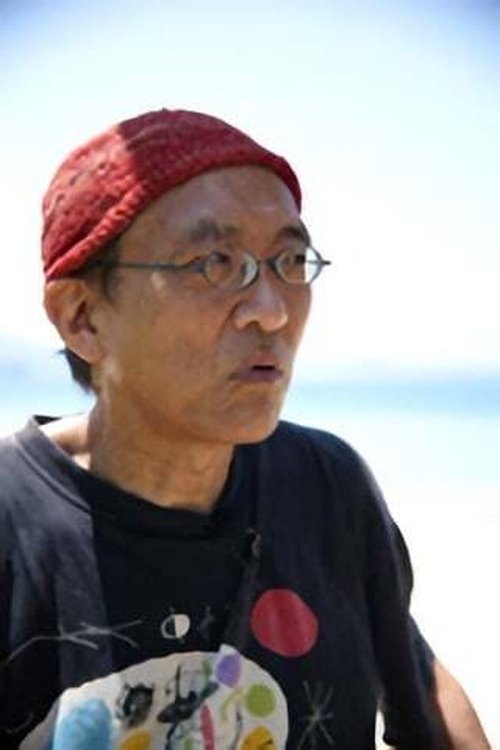
Riwayat Hidup
Nakajima Ko began his career in experimental animation with the creation of works such as Seizoki (1964).
At his solo exhibition at the Sogetsu Art Center, a space for avant-garde art in 1960s Tokyo, he produced Seizoki by painting directly on the film between screenings.
His perennial interest in integrating new technologies, exploring the potential of film, video, and eventually computer animation, joined his desire to explore human intersections with nature, as seen in his Biological Cycle series (1971-); he created the first work in the series, Biological Life (1971-), by copying manipulated film footage onto video, then further manipulating the work with a video synthesizer.
In 1971, Nakajima established Video Earth Tokyo, the pioneering video-art collective.
Nakajima used one of the earliest available portable video recorders to document Video Earth Tokyo performance pieces and teach the new technology.
Video Earth Tokyo members created works, broadcast works on cable television, and participated in international exhibitions and emergent CG (computer graphics) conferences.
In 1982, Nakajima introduced his Aniputer.
Aniputer technology allowed wide access to creation of video animation, as this personal portable computer integrated with a video camera, developed in collaboration with Japan Victor Company (JVC), allowed any user to directly manipulate video and images on a screen, creating animations in real time.
Nakajima used his expertise manipulating film, photography, and video with computer technology to create what is perhaps his best known work, Mt.
Fuji (1984), a ninety-minute rhythmic meditation on nature, spirituality, and perspective.
Nakajima has produced works in France, Canada, New Zealand, and Denmark.
Representative works include Biological Cycle series (1971-), My Life series (1976-), Mt.
Fuji (1984), and Dolmen (1987).
His works are in permanent collections internationally, including in Centre Georges Pompidou (France), The Museum of Modern Art (U.
S.
), Long Beach Museum of Art Video Archive (U.
S.
), and the Getty Research Institute Special Collections (U.
S.
).
Info Pribadi
Peran Yang Di Mainkan Ko Nakajima
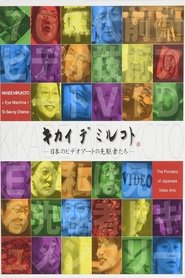 Video began as a medium that...
Video began as a medium that...KIKAIDE MIRUKOTO = Eye Machine / To See by Chance –The Pioneers of Japanese Video Arts– 2013
Video began as a medium that inspired discovery. This art documentary traces the expressive roots of “media art” in Japan — works of video, performances, and installations created using video technology that allowed for free and creative visual expression.
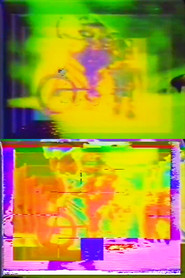 The series based on the first 16...
The series based on the first 16...Biological Cycle No. 5 1982
The series, based on the first 16mm film that was shot in a studio with Nakajima’s family and birds, moves through media and processing transformations over many iterations over the years. Once transferred to video, digital effects were added using the “Animaker,” an electronic image synthesizer that he invented (also nicknamed “Ko-puter”). Total of 6 parts exist.
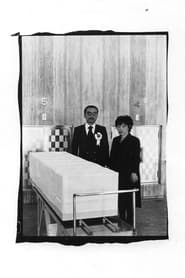 This work was started in 1967 as...
This work was started in 1967 as...My Life 1976
This work was started in 1967 as a documentation of Nakajima’s life. The footage was edited into a single piece for the first time in 1974, in time to show the work to the curator Barbara London, who was visiting Japan. Generations of his family were lost and gained that year, with Nakajima's mother passing away, and then his child was born. The piece is an installation with two monitors; the left presents his mother and himself, and the right, his child and himself. Nakajima continues to work on the sequels of "My Life" with his grandchild.
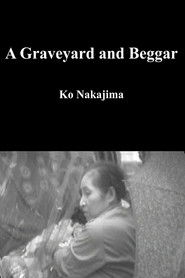 A work of Video Earth Tokyo...
A work of Video Earth Tokyo...A Graveyard and Beggar 1975
A work of Video Earth Tokyo, it is an interview with a homeless who lived in the Aoyama cemetery. Photography by Michael Goldberg.
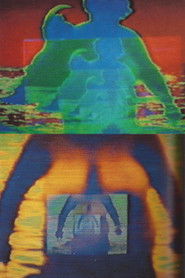 This work was created to commemorate...
This work was created to commemorate...Horizon 1971
This work was created to commemorate the reversion of Okinawa to Japan.
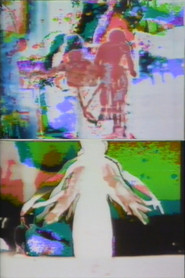 The series based on the first 16...
The series based on the first 16...Biological Cycle No. 2 1971
The series, based on the first 16mm film that was shot in a studio with Nakajima’s family and birds, moves through media and processing transformations over many iterations over the years. Once transferred to video, digital effects were added using the “Animaker,” an electronic image synthesizer that he invented (also nicknamed “Ko-puter”). Total of 6 parts exist.
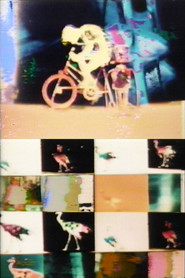 The series based on the first 16...
The series based on the first 16...Biological Cycle No. 3 1971
The series, based on the first 16mm film that was shot in a studio with Nakajima’s family and birds, moves through media and processing transformations over many iterations over the years. Once transferred to video, digital effects were added using the “Animaker,” an electronic image synthesizer that he invented (also nicknamed “Ko-puter”). Total of 6 parts exist.
 The series based on the first 16...
The series based on the first 16...Biological Cycle No. 4 1971
The series, based on the first 16mm film that was shot in a studio with Nakajima’s family and birds, moves through media and processing transformations over many iterations over the years. Once transferred to video, digital effects were added using the “Animaker,” an electronic image synthesizer that he invented (also nicknamed “Ko-puter”). Total of 6 parts exist.
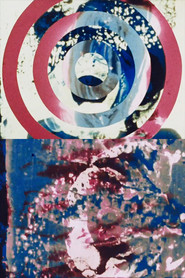 After graduating from Tama University of...
After graduating from Tama University of...Anapoko 1963
After graduating from Tama University of Arts, Nakajima made this work with the intention of submitting to the Sogetsu Animation Festival. Without much funding to work with, Nakajima devised the technique “Kaki-mation,” a method of drawing directly on 35mm film. At this time, he frequented Studio Zero—the formative mainstream animation / cartoon production company of the period with members Shinichi Suzuki, Jiro Tsunoda, Fujiko Fujio, and others.
 This work features the salt marshes...
This work features the salt marshes...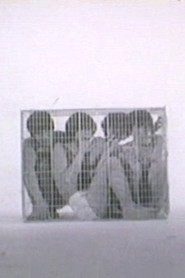 A political work in which Ko...
A political work in which Ko...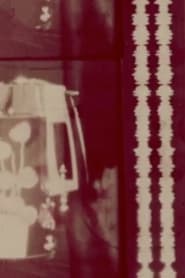 Early experiment by Ko Nakajima
Early experiment by Ko Nakajima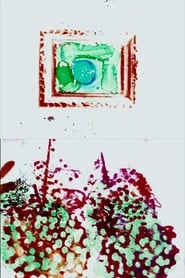 This is an animation using the...
This is an animation using the...